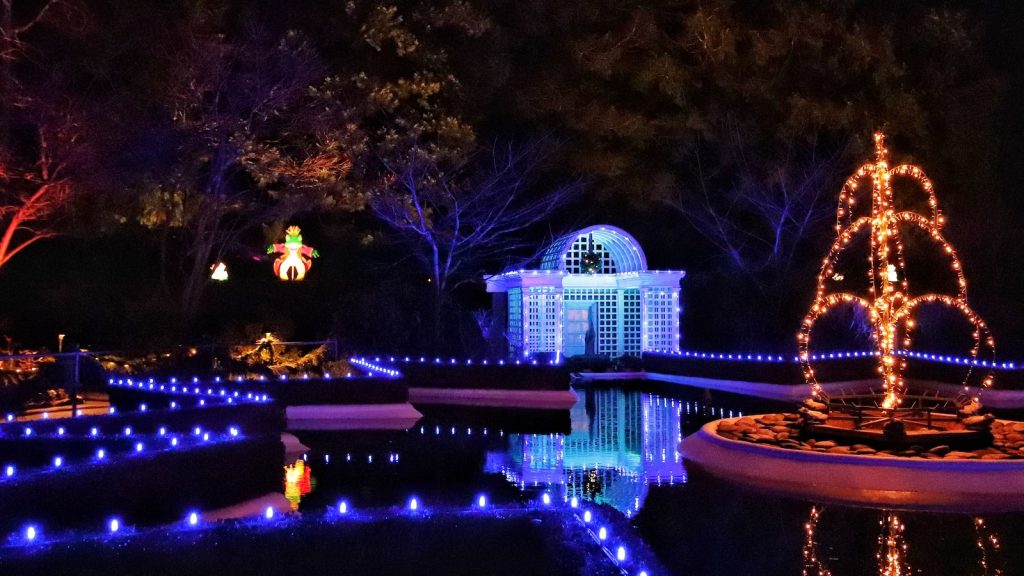If you have a passion for design and a keen eye for aesthetics, starting an outdoor and landscape lighting design business could be an exciting and rewarding venture. Outdoor lighting not only enhances the beauty of landscapes but also adds functionality, security, and ambiance to outdoor spaces. This comprehensive guide will walk you through the step-by-step process of establishing and growing your outdoor and landscape lighting design business.

1. Introduction:
Outdoor and landscape lighting design is a fusion of creativity and technical expertise. As an entrepreneur in this field, you’ll have the opportunity to transform outdoor spaces into stunning, inviting environments.
2. Market Research and Niche Identification:
Research your local market to identify demand for outdoor lighting services. Determine your niche, whether it’s residential, commercial, hospitality, or public spaces.
3. Business Plan Development:
Create a detailed business plan outlining your business goals, target market, pricing strategy, marketing plan, and financial projections.
4. Legal Considerations and Business Structure:
Choose a suitable business structure (LLC, sole proprietorship, etc.) and handle legal aspects such as permits, licenses, and insurance to protect your business.
5. Funding and Budgeting:
Assess your startup costs, equipment needs, marketing expenses, and operating costs. Explore funding options such as personal savings, business loans, or angel investors.
6. Branding and Marketing:
Develop a strong brand identity, including a business name, logo, and website. Use digital marketing, social media, and networking to reach your target audience.
7. Creating a Portfolio:
Build an impressive portfolio showcasing your past projects. Include high-quality photographs that highlight the before-and-after effects of your lighting designs.
8. Networking and Building Relationships:
Attend industry events, join local business associations, and connect with architects, landscapers, contractors, and interior designers to build a referral network.
9. Setting Up the Workspace:
Establish a functional workspace for administrative tasks, consultations, and design planning. Consider whether you’ll need a showroom to showcase lighting fixtures.
10. Equipment and Tools:
Invest in essential equipment such as lighting fixtures, cables, transformers, and control systems. Stay updated with technology advancements in outdoor lighting.
11. Design Process and Consultation:
Offer consultations to understand clients’ needs and preferences. Develop lighting designs that enhance aesthetics, highlight focal points, and improve functionality.
12. Installation and Maintenance:
Implement lighting installations with precision and attention to detail. Offer maintenance services to ensure your designs remain stunning and functional over time.
13. Pricing Strategies:
Determine your pricing structure based on project complexity, materials, labor, and overhead costs. Consider offering package deals and transparent pricing.
14. Hiring and Team Building:
As your business grows, hire skilled designers, installers, and administrative staff. Build a cohesive team dedicated to delivering exceptional service.
15. Quality Assurance and Customer Satisfaction:
Prioritize customer satisfaction by ensuring projects are completed on time and within budget. Address any concerns promptly to maintain a positive reputation.
16. Expanding Your Business:
Consider expanding your offerings to include smart lighting systems, energy-efficient solutions, or interior lighting design services.
17. Embracing Sustainability:
Stay informed about eco-friendly lighting options and trends. Incorporate sustainable practices and products into your designs to attract environmentally-conscious clients.
18. Continuous Learning and Industry Trends:
Keep up-to-date with the latest trends in outdoor lighting and attend workshops or conferences to enhance your skills and knowledge.
19. Managing Challenges:
Be prepared to face challenges such as weather conditions, design constraints, and client expectations. Develop problem-solving skills to navigate these hurdles.
20. Conclusion:
Starting an outdoor and landscape lighting design business requires a blend of creativity, technical expertise, and strong business acumen. With the right strategies, dedication, and a commitment to delivering exceptional designs, your business can illuminate outdoor spaces and create lasting impressions for clients.
